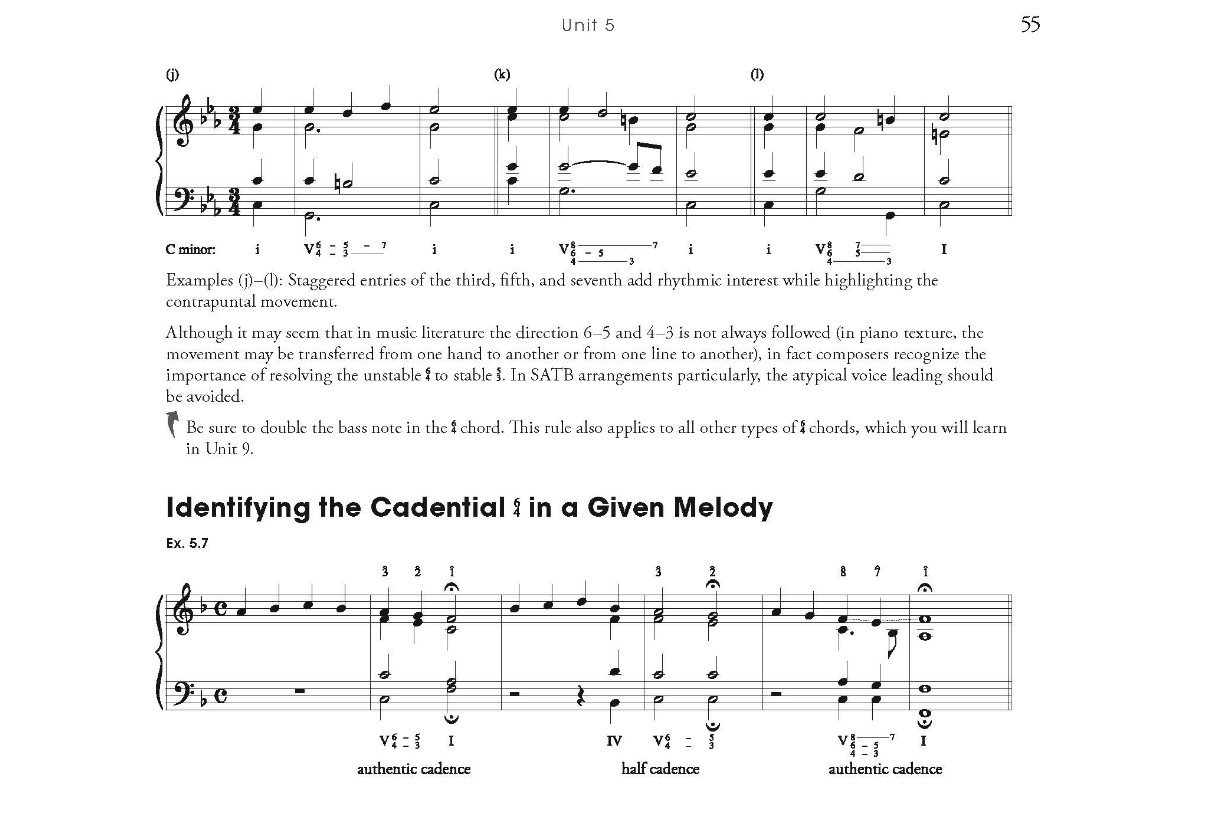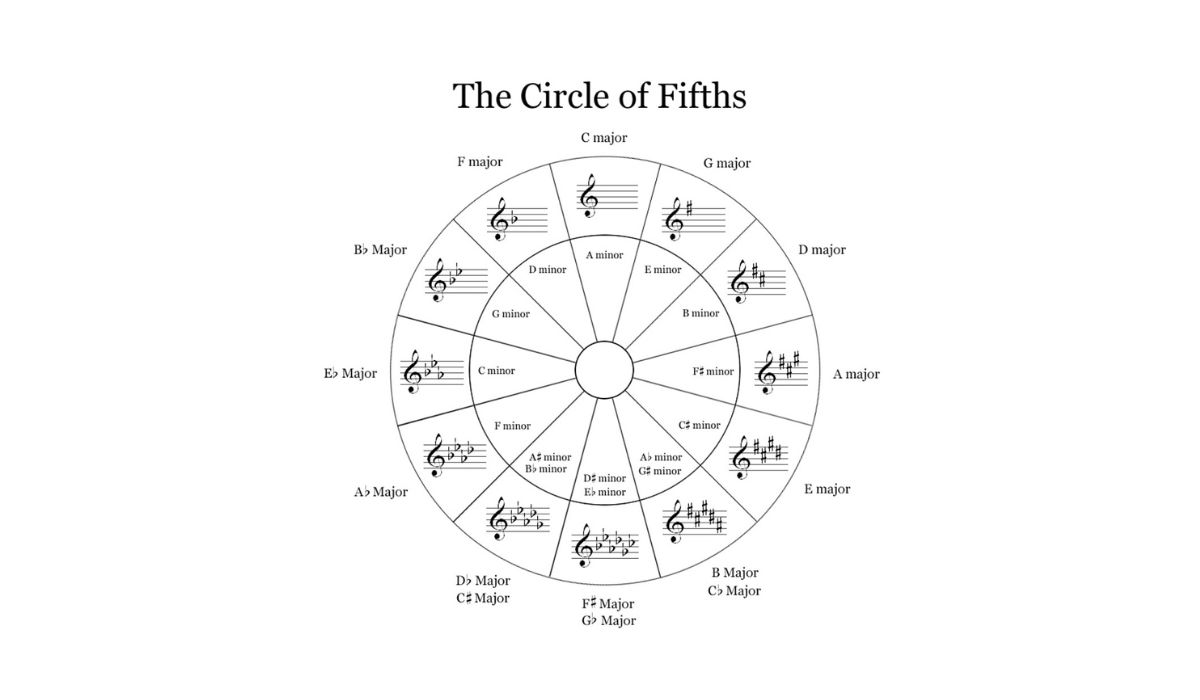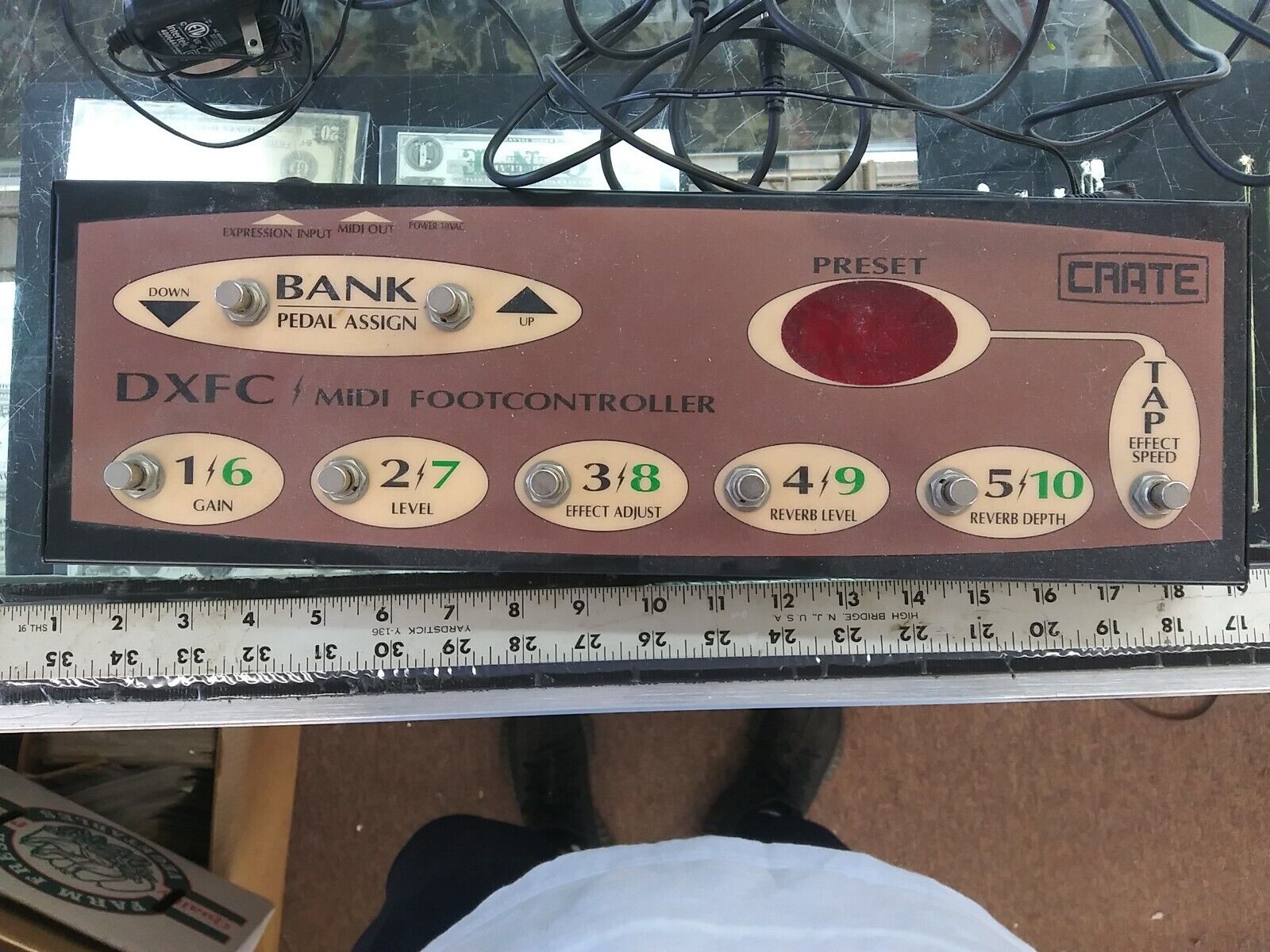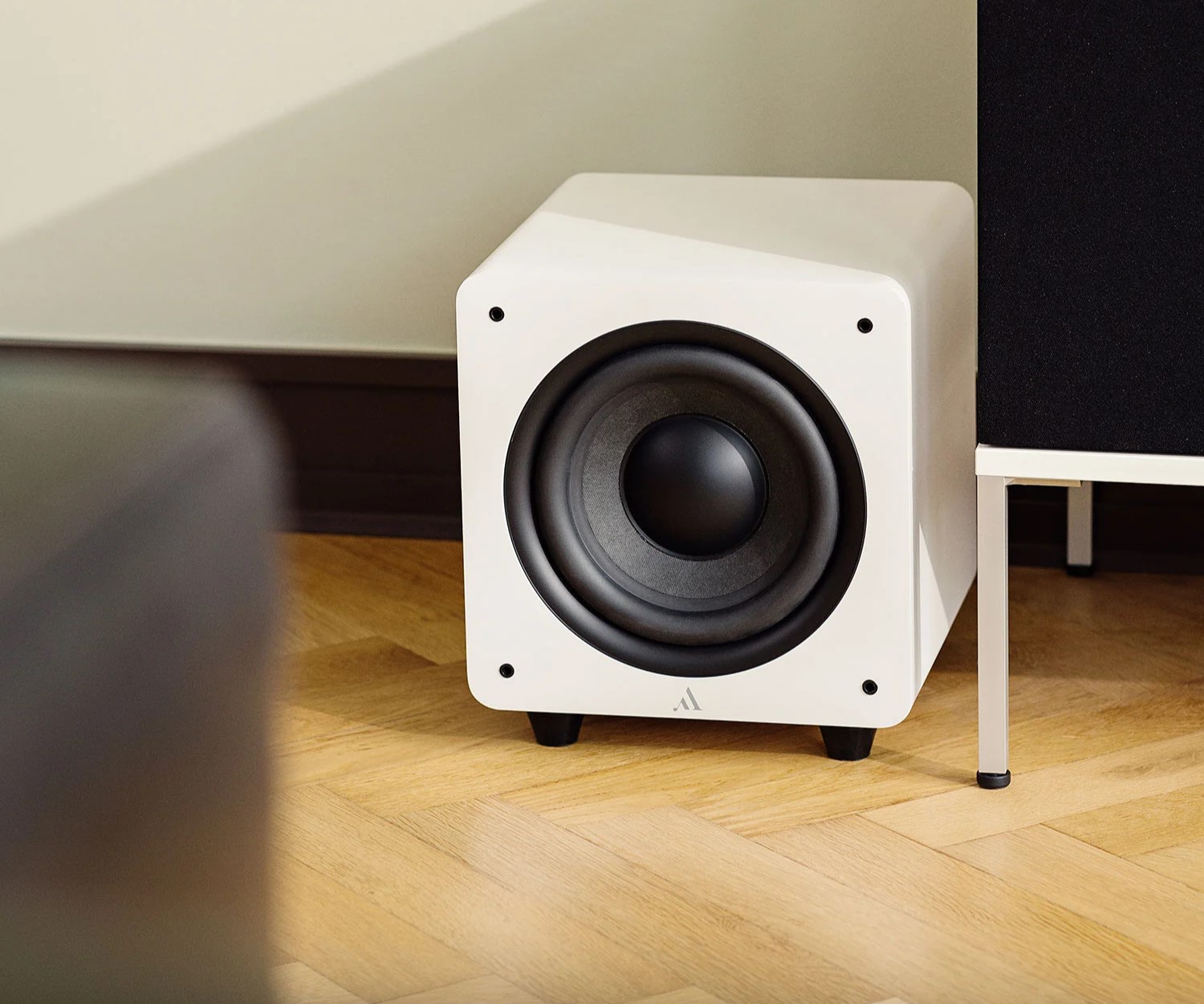Home>Devices & Equipment>Subwoofer>What Is High Level Input On Subwoofer
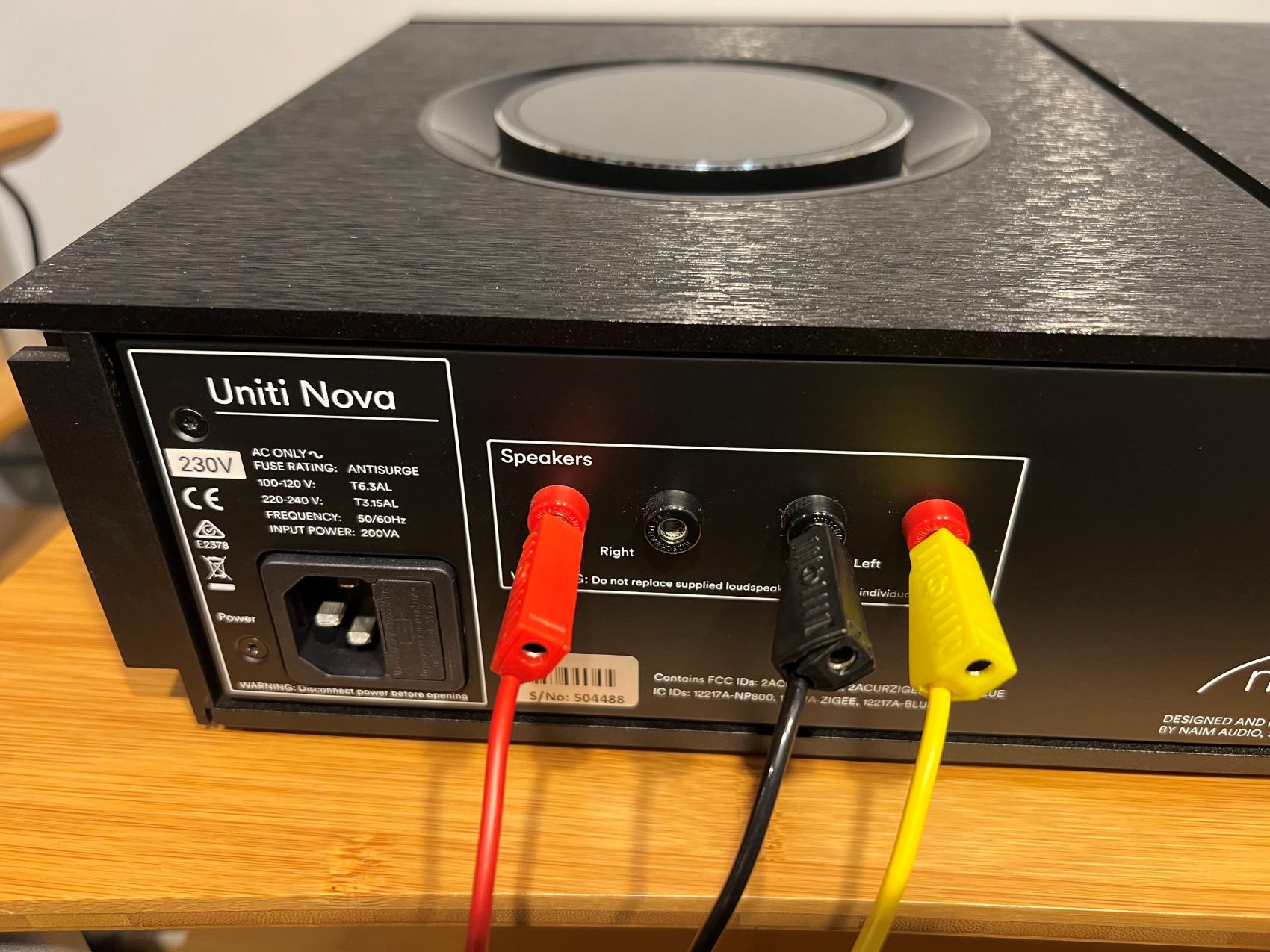

Subwoofer
What Is High Level Input On Subwoofer
Published: January 21, 2024
Learn about high level input on a subwoofer and how it enhances your audio experience. Explore the benefits and compatibility with your subwoofer.
(Many of the links in this article redirect to a specific reviewed product. Your purchase of these products through affiliate links helps to generate commission for AudioLover.com, at no extra cost. Learn more)
Table of Contents
Introduction
Welcome to the world of subwoofers! If you’re a fan of bass-heavy music or want to enhance the low-frequency sounds in your audio system, you’ve probably come across the term “high level input” when researching subwoofers. But what exactly is high level input?
High level input, also known as speaker level input, is a feature found on subwoofers that allows them to connect to the audio source using speaker level signals instead of the traditional line-level RCA connections. While most audio systems use RCA cables for connectivity, high level input provides an alternative method for integrating a subwoofer into your setup.
In this article, we will take a closer look at high level input on subwoofers. We’ll explore its purpose, benefits, and how it works. Whether you’re a beginner looking for information on subwoofers or an audio enthusiast seeking to optimize your system, this article will provide valuable insights into the world of high level input.
What is High Level Input?
High level input, also known as speaker level input, is a feature found on subwoofers that allows them to connect to the audio source using speaker level signals instead of the traditional line-level RCA connections. While most audio systems use RCA cables for connectivity, high level input provides an alternative method for integrating a subwoofer into your setup.
Unlike line-level inputs, which are typically found on audio receivers and deliver a low voltage signal, high level inputs accept the higher voltage signals directly from the speaker outputs of your amplifier or receiver. This means that you can easily connect your subwoofer to your system without needing to use a dedicated subwoofer output or a separate amplifier.
The high level input feature is particularly useful in situations where your amplifier or receiver does not have a dedicated subwoofer output. It allows you to tap into the amplified audio signal from your amp or receiver and transfer it to your subwoofer, ensuring that all the frequencies, including the low-end bass, are reproduced accurately.
In addition, high level input allows you to connect your subwoofer to a wide range of audio systems, including older models that may not have RCA outputs. This makes it a versatile option for anyone looking to add a subwoofer to their existing audio setup without the need for additional equipment or complicated wiring.
It’s important to note that not all subwoofers have a high level input option. Typically, it is more commonly found in powered subwoofers, which have a built-in amplifier. Passive subwoofers, on the other hand, usually require an external amplifier and do not have high level input capability.
Overall, high level input is a convenient feature that allows you to seamlessly connect your subwoofer to your audio system, even in situations where dedicated subwoofer outputs are not available. By utilizing the speaker level signals from your amplifier or receiver, high level input ensures that you can enjoy enhanced bass reproduction in a hassle-free manner.
Purpose of High Level Input on Subwoofer
The high level input feature on a subwoofer serves a crucial purpose in making it compatible with a variety of audio systems and allowing seamless integration into existing setups. Let’s delve into the different purposes that high level input serves.
1. Compatibility: One of the primary purposes of high level input is to enhance compatibility. Not all audio systems have dedicated subwoofer outputs or RCA connections. This can pose a challenge when trying to add a subwoofer to such setups. High level input bridges this gap by allowing the subwoofer to connect directly to the speaker outputs of your amplifier or receiver. It ensures that you can enjoy deep bass without the need for specialized connections or additional equipment.
2. Integration with Older Systems: Another important purpose of high level input is to facilitate integration with older audio systems. If you have an older amplifier or receiver that lacks RCA outputs or subwoofer-specific connections, high level input provides a valuable solution. By utilizing the speaker level signals from your older system, the subwoofer can still receive the necessary audio information to reproduce low-frequency sounds accurately.
3. Simplicity: High level input offers a straightforward and hassle-free setup process. There is no need to worry about complicated wiring or additional components. You can easily connect the subwoofer to your system using standard speaker wires, making it a convenient option for those who want to add a subwoofer to their setup without any technical difficulties.
4. Amplifier Integration: High level input also allows for seamless integration with the amplifier or receiver. By utilizing the same speaker outputs for both the main speakers and the subwoofer, high level input ensures that the subwoofer receives the same amplified signal as the main speakers. This integration enables a cohesive and balanced sound output across the entire audio system.
Overall, the purpose of the high level input on a subwoofer is to overcome compatibility issues, simplify the installation process, and seamlessly integrate with various audio systems. Whether you have a modern setup without dedicated subwoofer outputs or an older system lacking RCA connections, high level input provides the necessary functionality to optimize bass reproduction and enhance your overall audio experience.
Benefits of High Level Input
The high level input feature on a subwoofer offers several benefits that make it a valuable option for integrating a subwoofer into your audio system. Let’s explore some of the key benefits of high level input.
1. Compatibility: The primary benefit of high level input is its compatibility with a wide range of audio systems. Whether you have a modern amplifier with dedicated subwoofer outputs or an older system without RCA connections, high level input allows you to connect your subwoofer seamlessly. This versatility ensures that you can enhance your audio system with a subwoofer without limitations.
2. Easy Setup: High level input simplifies the installation process. Unlike line-level RCA connections that require specific cables and connections, high level input uses standard speaker wires. This means you don’t need any additional components or complicated wiring. Connecting your subwoofer to the speaker outputs of your amplifier or receiver is straightforward and hassle-free.
3. Amplifier Integration: High level input enables seamless integration with your amplifier or receiver. By utilizing the same speaker outputs for the main speakers and the subwoofer, the high level input ensures that the subwoofer receives the full-range audio signal from the amplifier. This integration results in a cohesive and balanced sound output across all your speakers.
4. Enhanced Bass Response: The high level input allows the subwoofer to receive the amplified signal directly from the amplifier or receiver. This ensures that the subwoofer accurately reproduces the low-frequency content, resulting in enhanced bass response. With high level input, you can enjoy deep and powerful bass that adds depth and impact to your music, movies, and games.
5. Versatility: High level input makes the subwoofer compatible with a variety of audio sources. Whether you’re connecting your subwoofer to a stereo system, home theater setup, or even a car audio system, the high level input can accommodate different audio setups. This versatility allows you to use your subwoofer in various environments and adapt it to your changing needs.
Overall, the benefits of high level input on a subwoofer include compatibility, easy setup, amplifier integration, enhanced bass response, and versatility. Whether you’re a beginner or an audio enthusiast, high level input provides a convenient and effective way to incorporate a subwoofer into your audio system, delivering immersive and powerful bass reproduction.
How High Level Input Works
Understanding how high level input works on a subwoofer can help you make the most of this feature and optimize your audio system. Let’s take a closer look at how high level input functions.
When using high level input, the subwoofer connects directly to the speaker outputs of your amplifier or receiver. Instead of utilizing the traditional line-level RCA connections, high level input taps into the amplified audio signal that is already being sent to the main speakers.
Here’s a step-by-step breakdown of how high level input works:
- Subwoofer Connection: Start by connecting your subwoofer to your amplifier or receiver. Locate the high level input terminals on the back of the subwoofer, usually labeled as “+/-” or “High Level Input”.
- Speaker Wire Connection: Take standard speaker wires and connect them to the corresponding positive (+) and negative (-) terminals on your amplifier or receiver. These are the same speaker outputs that connect to your main speakers.
- Subwoofer Input: Connect the other end of the speaker wires to the high level input terminals on the subwoofer. Make sure to match the polarity correctly (+ to + and – to -).
- Configure Settings: Once the connections are in place, adjust the settings on your amplifier or receiver to ensure that the subwoofer is set to receive the appropriate frequencies and level of bass output.
- Test and Fine-Tune: Play audio through your system and listen for the presence of the subwoofer. If needed, fine-tune the crossover settings and volume levels to achieve a balanced and integrated sound output.
By using high level input, your subwoofer can receive the same amplified audio signal as the main speakers. The subwoofer then uses its built-in amplifier to process the low-frequency content and reproduce powerful bass sounds. The high level input essentially allows the subwoofer to piggyback off the existing amplified signal, eliminating the need for separate dedicated outputs or additional amplifiers.
Now that you have a better understanding of how high level input works, you can confidently connect your subwoofer to your audio system and enjoy enhanced low-frequency performance that adds depth and impact to your sound experience.
Setting Up High Level Input on a Subwoofer
Setting up high level input on a subwoofer is a straightforward process that allows you to integrate your subwoofer into your audio system. Whether your amplifier or receiver lacks dedicated subwoofer outputs or you simply prefer to use high level input, here’s a step-by-step guide to setting it up:
- Identify the high level input terminals on your subwoofer. These are typically labeled as “+/-” or “High Level Input” and are located on the back of the subwoofer.
- Using standard speaker wires, connect the positive (+) and negative (-) terminals on your amplifier or receiver to the corresponding terminals on the subwoofer. Make sure to match the polarity correctly (+ to + and – to -).
- Ensure that the speaker outputs on your amplifier or receiver are connected to your main speakers. The subwoofer will tap into this same signal to receive the audio information.
- Adjust the settings on your amplifier or receiver to activate the subwoofer output. This could involve enabling a specific output, setting the crossover frequency, or adjusting the bass level control.
- Play audio through your system and listen for the presence of the subwoofer. If needed, fine-tune the crossover settings and volume levels to achieve a balanced and integrated sound output.
- Test different audio sources and genres to ensure that the subwoofer is reproducing the low-frequency content accurately.
It’s important to note that while high level input provides a convenient way to connect your subwoofer, it does require careful attention to polarity and setting adjustments. Make sure that the positive and negative terminals are connected correctly to avoid any phase cancellation or sound degradation. Additionally, take the time to fine-tune the settings to achieve the desired bass response that complements your audio system.
By following these simple steps, you can successfully set up high level input on your subwoofer and unleash its full potential. Enjoy the deep, powerful bass that enhances your music, movies, and gaming experiences.
Troubleshooting High Level Input Issues
While setting up high level input on a subwoofer is relatively straightforward, you may encounter some issues along the way. Don’t worry, though, as these can often be resolved with a few simple troubleshooting steps. Here are some common high level input issues and tips for troubleshooting them:
1. No Sound from Subwoofer: If you’re not hearing any sound from the subwoofer, check the following:
- Verify that the speaker wires are securely connected to the correct terminals on both the amplifier/receiver and subwoofer.
- Ensure that the amplifier/receiver is configured to activate the subwoofer output, and the volume levels are properly adjusted.
- Check the crossover settings to ensure that the subwoofer is receiving the appropriate frequencies.
2. Distorted or Muddy Bass: If the bass from your subwoofer sounds distorted or muddy, try the following:
- Adjust the polarity of the speaker wires connected to the high level input terminals. Reversing the polarity can help resolve phase cancellation issues and improve bass clarity.
- Fine-tune the crossover frequency setting. Experiment with different settings to find the optimal point where the subwoofer seamlessly blends with your main speakers.
- Check the volume level. If the subwoofer’s volume is set too high, it can overpower the rest of your audio system and result in muddy bass.
3. Hum or Noise Issues: If you’re experiencing unwanted hum or noise from the subwoofer, consider the following:
- Ensure that the speaker wires are away from any power cables or sources of electrical interference.
- Check the grounding of the system. A proper ground connection can help eliminate or reduce hum and noise issues.
- Try using shielded speaker wires to minimize external interference and electromagnetic interference.
4. Inconsistent Bass Response: If the bass from your subwoofer seems inconsistent or lacking in certain areas, try the following:
- Reposition the subwoofer. Experiment with different locations in the room to find the optimal placement that maximizes bass response and minimizes room modes.
- Consider using bass traps or acoustic treatments to help improve the overall bass performance in your listening environment.
- Explore the advanced settings on your amplifier/receiver, such as room correction or equalization, to fine-tune the bass response to your preferences.
Remember, troubleshooting high level input issues may require some trial and error. It’s important to be patient and systematic in your approach. Refer to the user manual or contact the manufacturer’s customer support for specific guidance related to your subwoofer model. With a little troubleshooting, you can overcome any high level input issues and enjoy optimal bass performance from your subwoofer.
Conclusion
In conclusion, the high level input feature on a subwoofer offers a convenient and versatile solution for integrating a subwoofer into your audio system. It allows you to connect the subwoofer to your amplifier or receiver using the speaker level signals, eliminating the need for dedicated subwoofer outputs or extra equipment.
High level input enhances compatibility, making it possible to add a subwoofer to a wide range of audio systems, including older models that may not have RCA connections. It simplifies the setup process, as you can use standard speaker wires to connect the subwoofer to your amplifier or receiver. The integration with the amplifier ensures that the subwoofer receives the same amplified signal as the main speakers, resulting in a balanced and cohesive sound output.
Furthermore, high level input provides benefits such as enhanced bass response, versatility, and the ability to overcome compatibility issues. The subwoofer can accurately reproduce low-frequency sounds, adding depth and impact to your music, movies, and gaming experiences. It allows you to unleash the full potential of your audio system without restricting your options or requiring complicated wiring.
If you encounter issues with high level input, troubleshooting steps such as checking connections, adjusting settings, and optimizing placement can help resolve common problems. It’s important to refer to the user manual or contact the manufacturer for specific guidance related to your subwoofer model.
Whether you’re a beginner exploring the world of subwoofers or an audio enthusiast looking to take your sound system to the next level, high level input is a valuable feature to consider. By understanding how it works and harnessing its benefits, you can elevate your audio experience and enjoy immersive, powerful bass that adds depth and richness to your favorite content.


